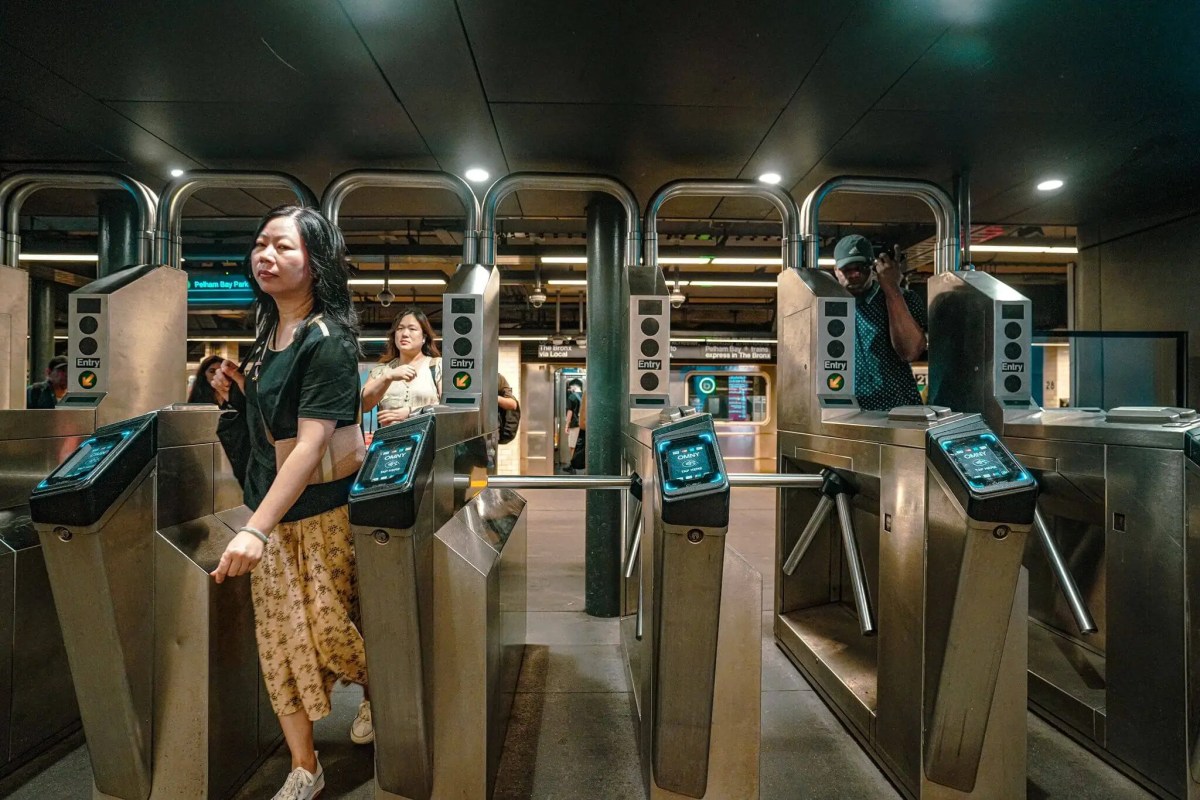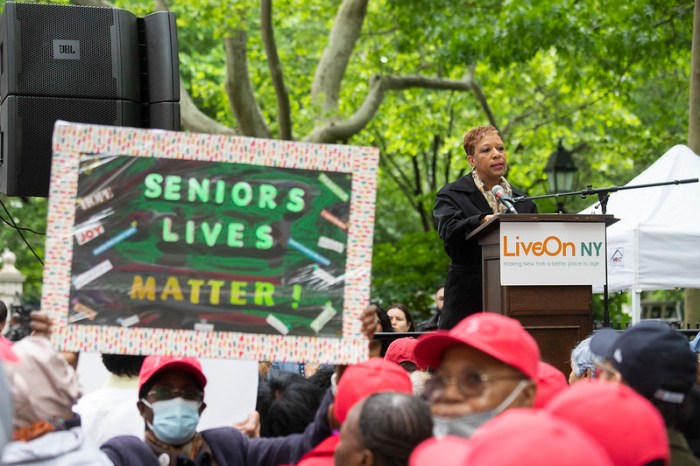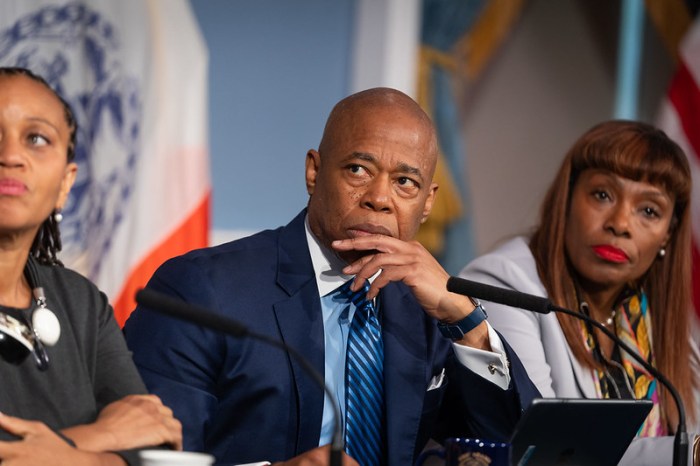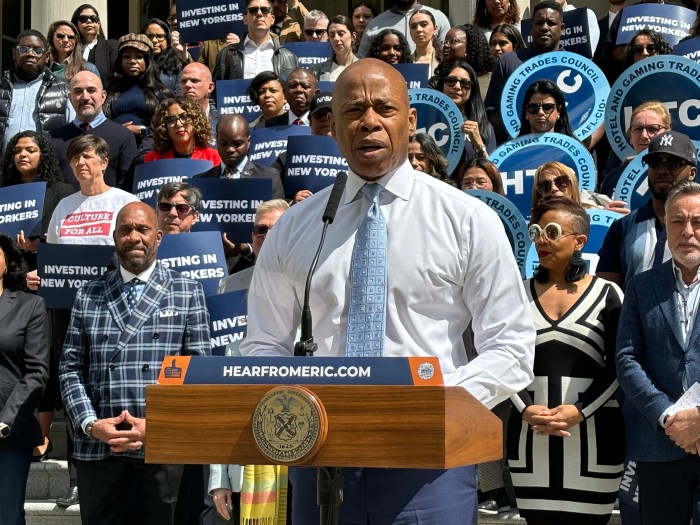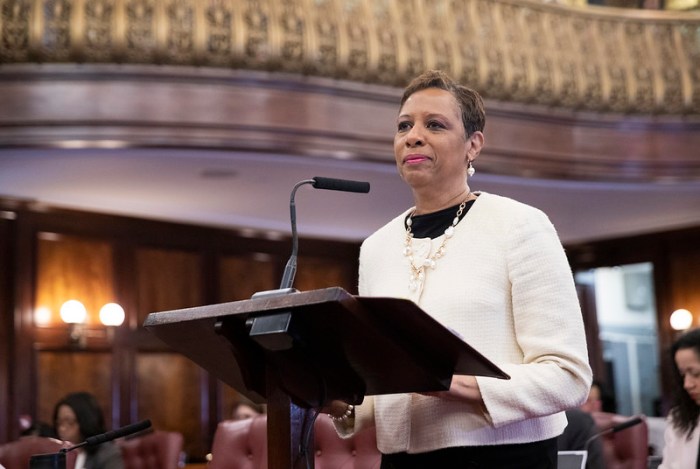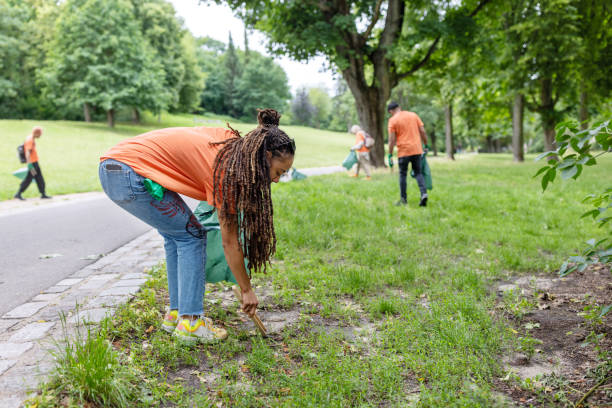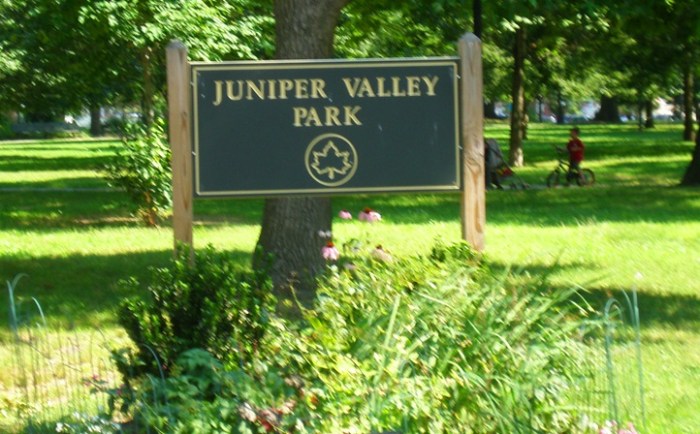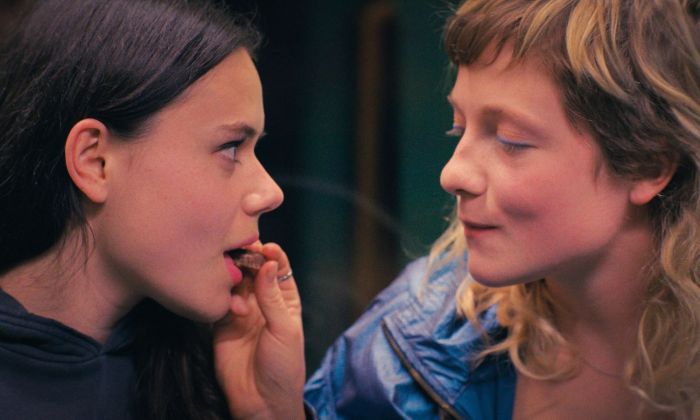Mayor Eric Adams and City Council Speaker Adrienne Adams have agreed to expand eligibility for a program that provides low-income New Yorkers with half-priced MetroCards in the upcoming city budget, an increase that still falls far short of the one desired by the speaker and transit advocates, sources familiar with budget talks told amNewYork Metro.
The Fiscal Year 2025 spending plan will increase the eligibility for the city’s Fair Fares program from those making 120% of the federal poverty line to 145% (about $22,000 per year for an individual), according to one source and confirmed by a second, who was granted anonymity to discuss the not-yet-announced deal. The mayor and the speaker are expected to reach a handshake agreement on the coming fiscal year’s budget sometime Friday.
While City Council Speaker Adrienne Adams, for whom expanding Fair Fares eligibility is a major priority, sees the increase as a hard-fought win, it still does not reach the 200% of the federal poverty level threshold she has long sought. Transit advocates and even MTA leadership have also pushed for an increase to 200%, but the Adams administration has been resistant to raising eligibility in the past.
Danny Pearlstein, policy and communications director at the transit advocacy group Riders Alliance, applauded the move in a statement to amNewYork Metro.
“In this budget, subway and bus riders won the biggest Fair Fares expansion so far,” Pearlstein said. “Thanks to our robust coalition, affordable transit will be within reach of hundreds of thousands more New Yorkers. We’ll keep working to reach 200% of the federal poverty line and we’re thrilled to have Speaker Adams and the Council in our corner.”
The expansion is one of several last-minute wins for the council, as this year’s tumultuous budget cycle nears its end, with haggling over the spending plan going right down to the wire. The council was successful in getting roughly $111 million in the mayor’s cuts to public libraries and cultural institutions reversed, with more restorations expected to be announced Friday.
The widened eligibility level for Fair Fares is possible because of an additional $10 million in baselined funding for the program—meaning money that will not be subject to budget negotiations next year. This brings the overall funding level for Fair Fares to just over $100 million annually. It comes one year after the mayor and speaker agreed to raise the eligibility level to 120% of the federal poverty level from 100% in the 2023-2024 budget deal.
The federal poverty line this year stands at $15,060 for an individual and $31,200 for a family of 4 — an amount that varies based on family size. That means the 145% level will open the program to individuals making $21,837 and a family of 4 making $45,240 annually, up from individuals making $18,072 and $37,440 a year.
Although most users still need a MetroCard to access Fair Fares, the MTA and the city Department of Social Services are piloting a program in which 50 eligible riders can access it through the OMNY tap-to-pay system. The pilot began in May and will last through the end of July.
Thus far, 335,966 New Yorkers have enrolled in Fair Fares, according to the city’s Human Resources Administration. The expansion widens the approximate number of people eligible for the program from 932,000 to just over 1 million.
City Council Finance Chair Justin Brannan and economist James Parrott, in an amNewYork Metro op-ed last week, argued that expanding the program is a matter of racial equity as 78% and 65% of bus and subway ridership is comprised of people of color, according to a New School study they cited. Additionally, they contended it would give low-income New Yorkers in the outer boroughs greater access to all the city has to offer.
“By expanding the reach of Fair Fares, we can ensure that all New Yorkers – particularly those who are already struggling during a crisis of affordability – can fully participate in the economic, social, and cultural opportunities of our city,” they wrote.



